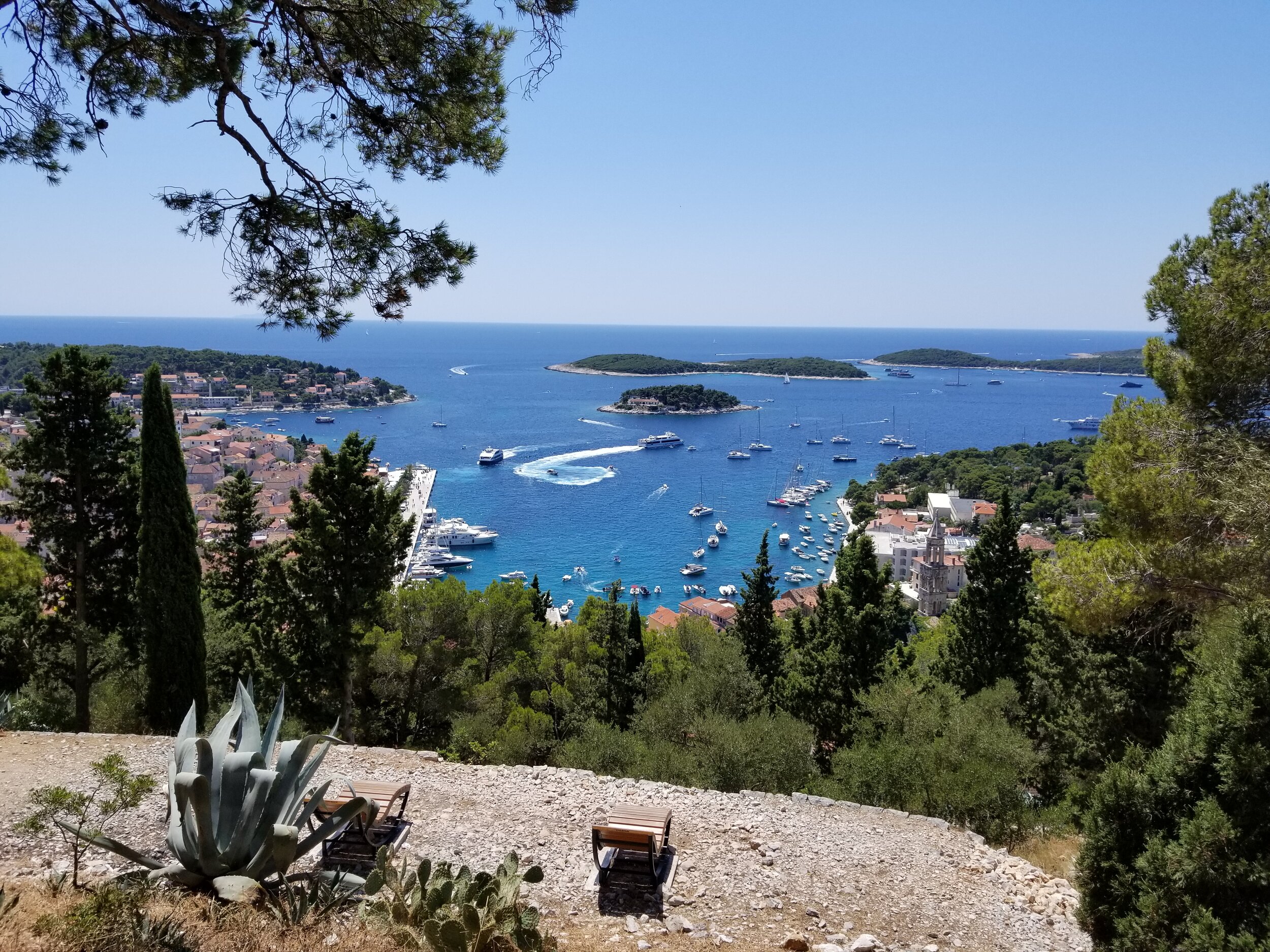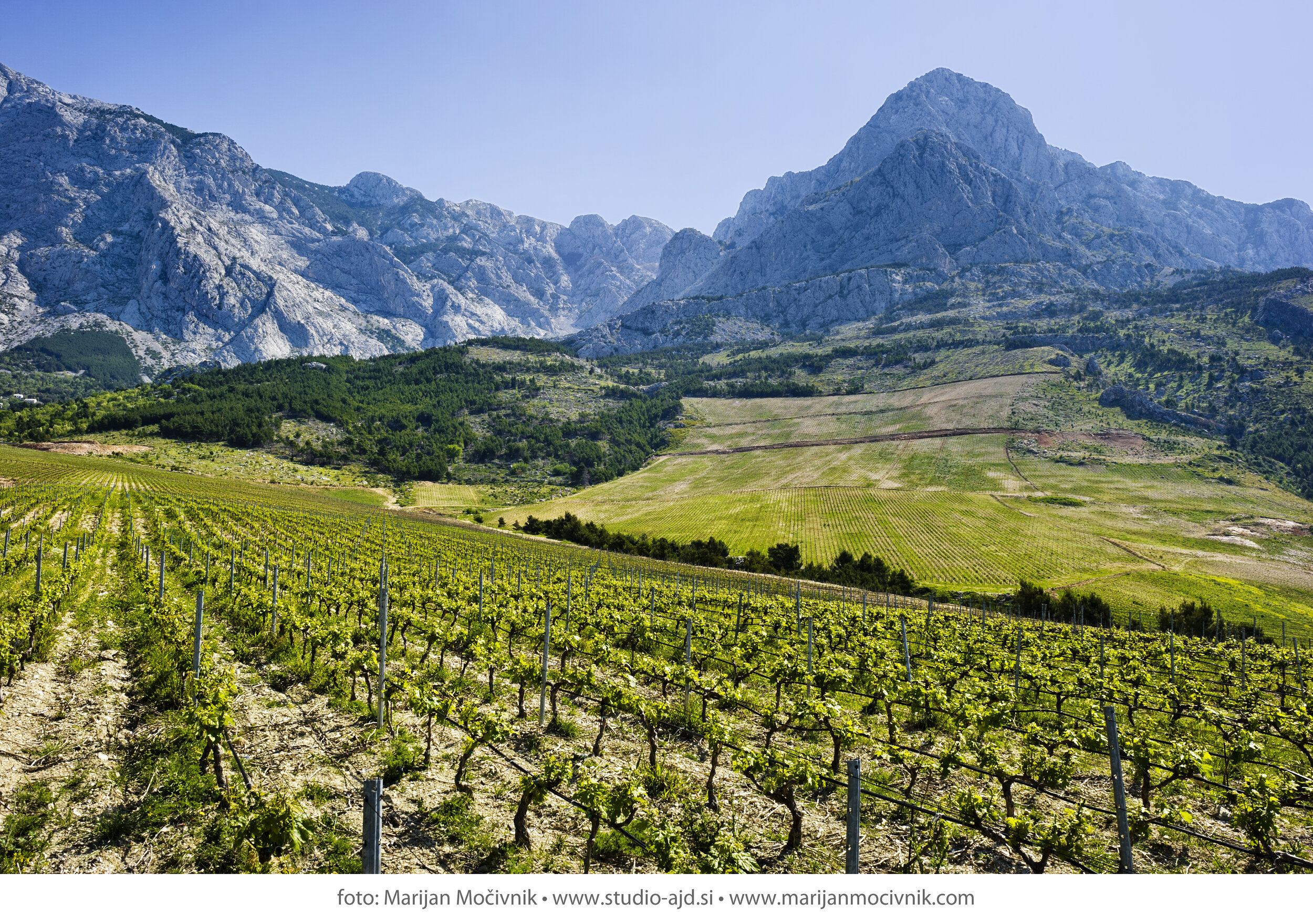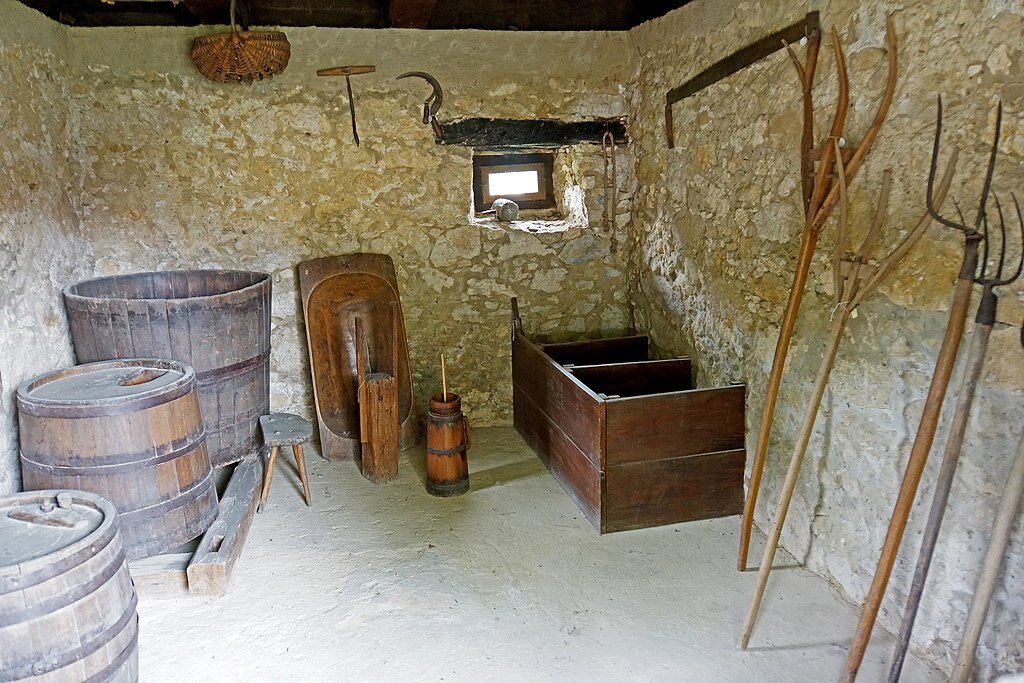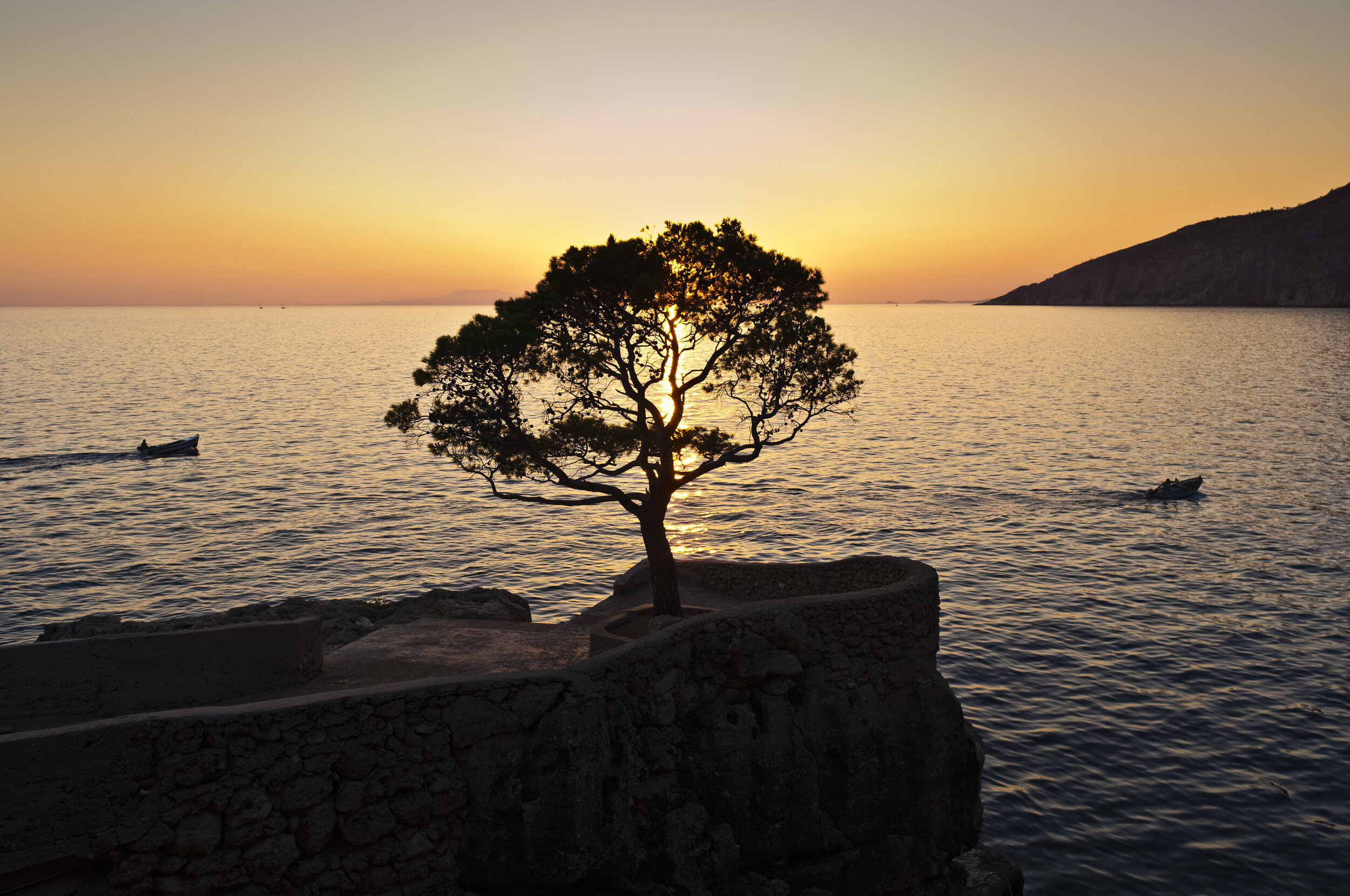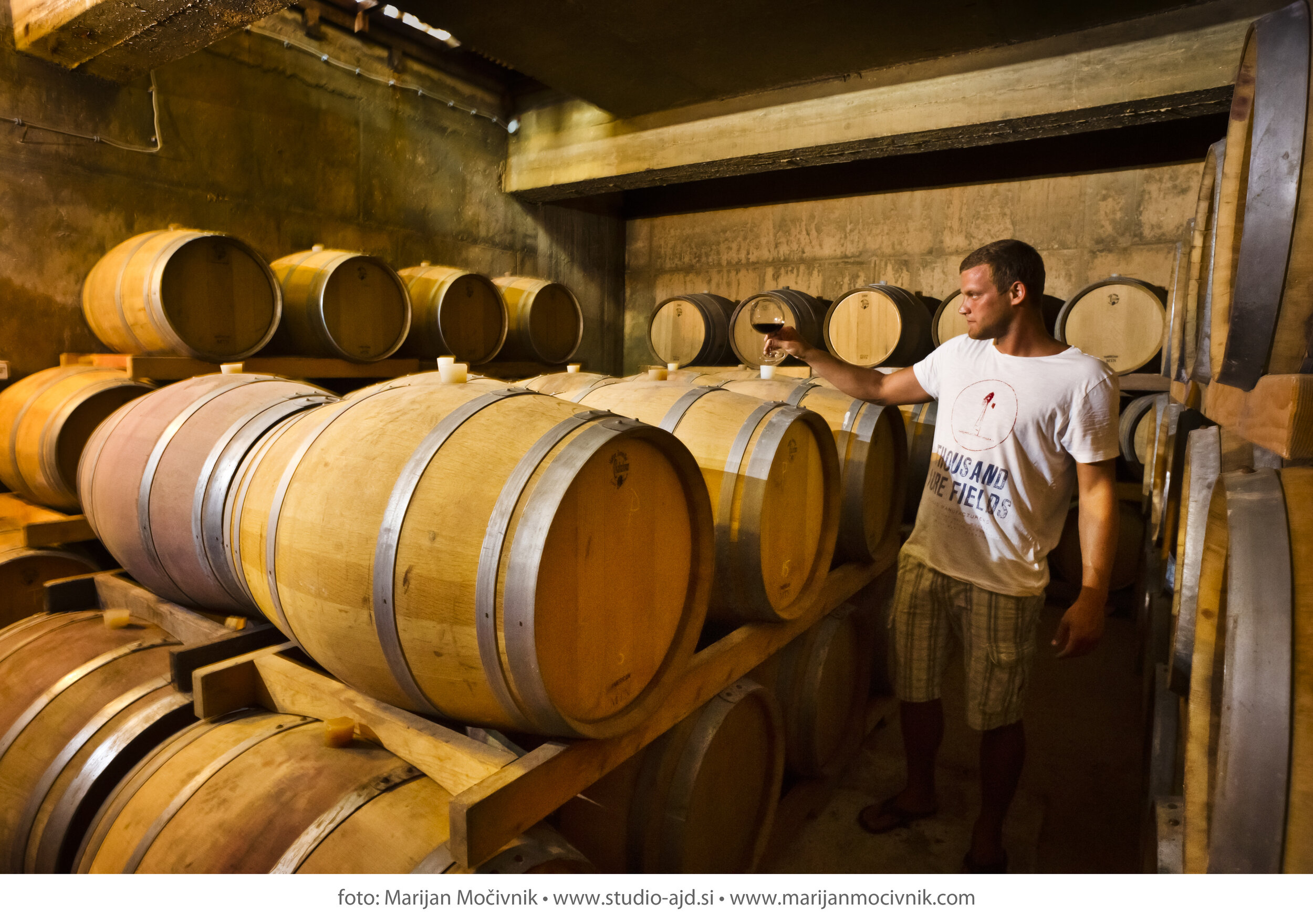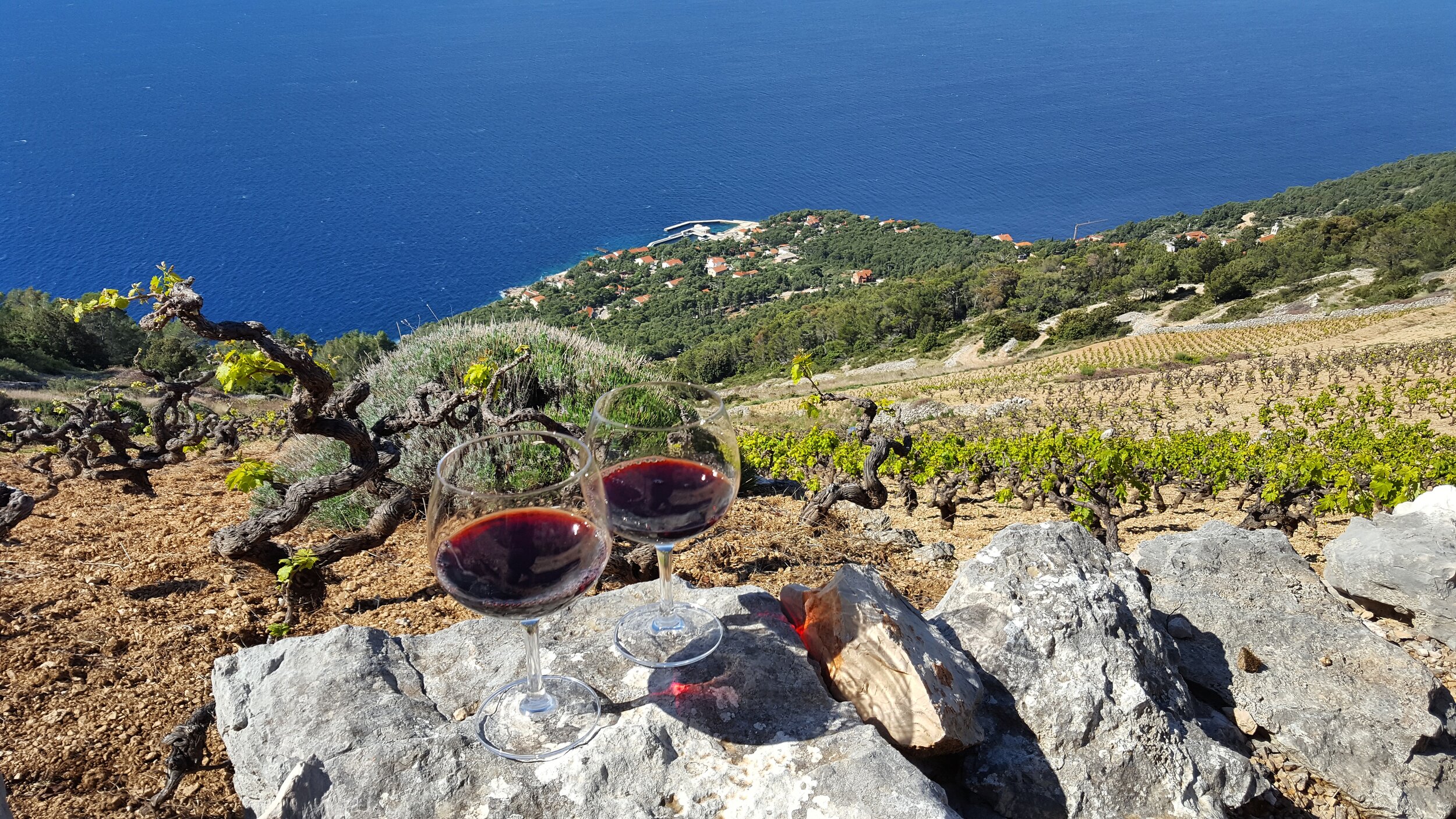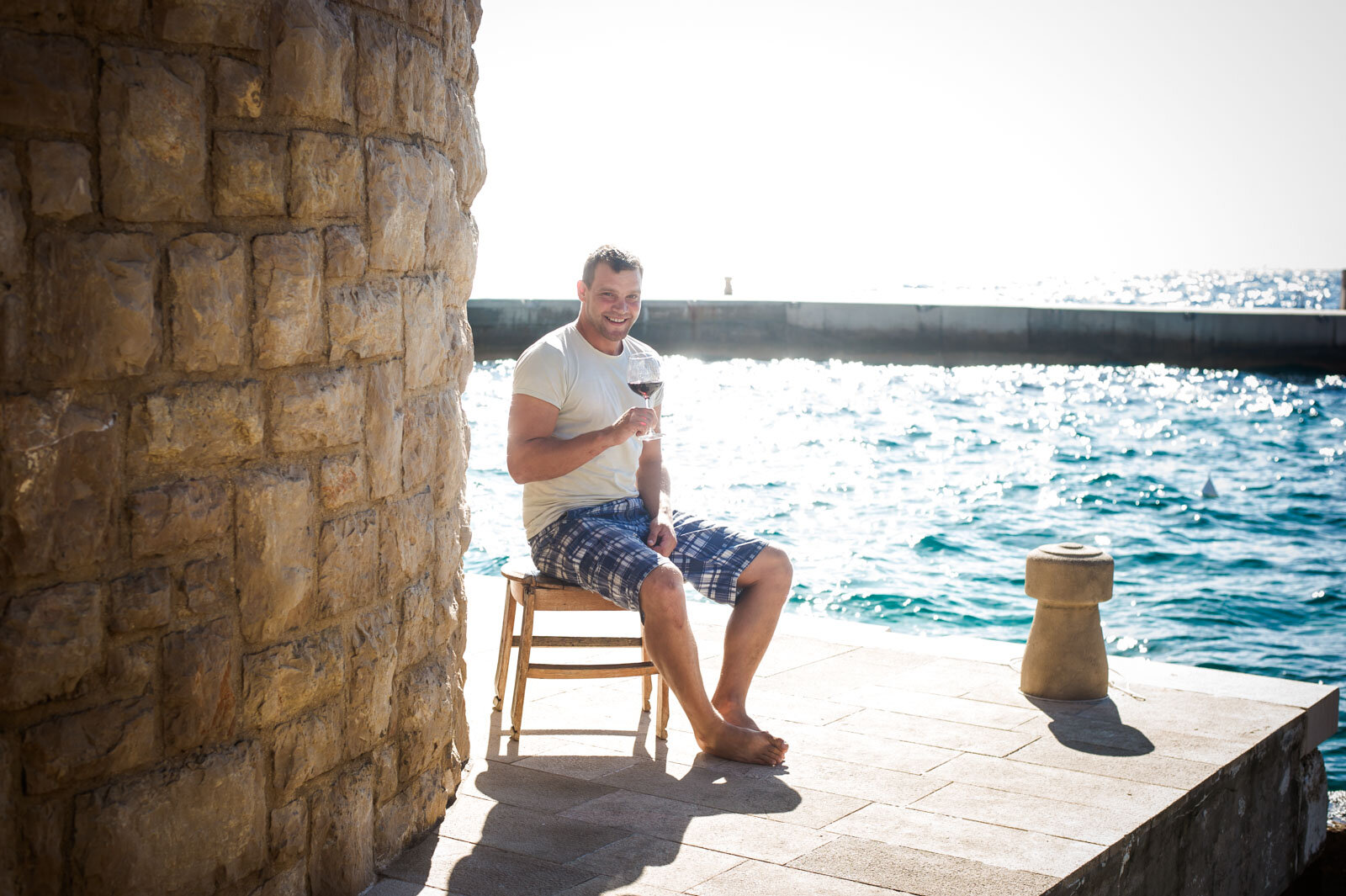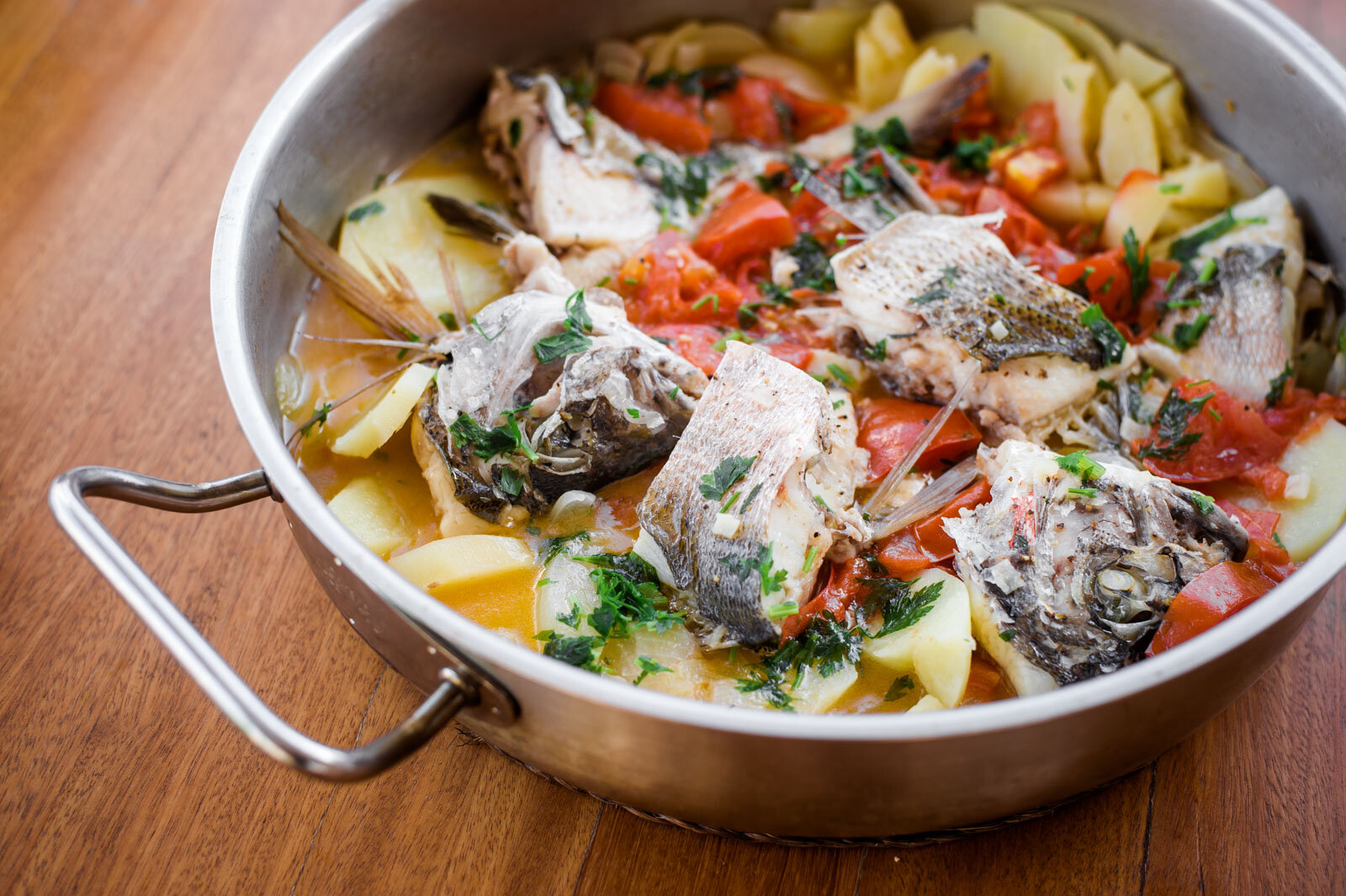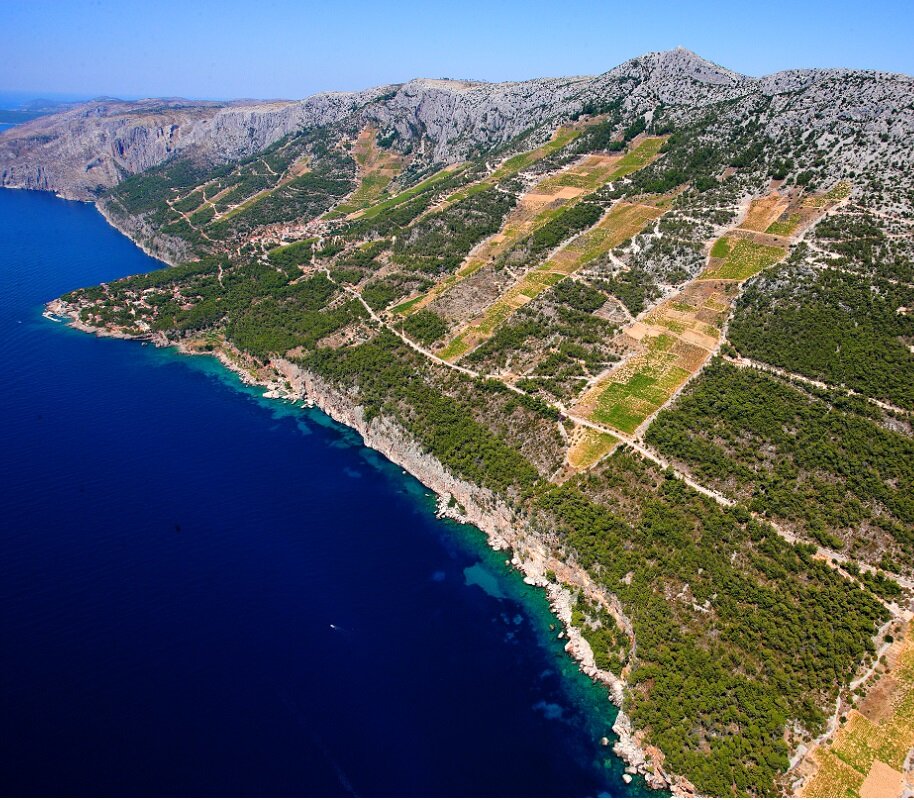The Winemaking History of Hvar, Croatia
By Samantha Foxworthy // July 3, 2020
2020: The year of political conflict, cultural battles, and emotional upheaval.
We all have different approaches to coping with these complex historical moments and in effort to combat these trying times I’ve noticed that people have found solace in revisiting the history books. I’ve dived into topics like the Spanish Flu, The Asian Giant Hornet, and on a more serious note, Race Relations in the U.S. In this conquest to understand the historical context of events we are currently living, I noted the cultural nuances and the resilience of the human spirit that have survived empires, pandemics, dictators, natural disasters, etc. History, while tangled and problematic, is a therapeutic approach to understanding the world around us and it’s often laden with interesting advice.
With that being said, there are few cultural accolades that unite humans and spawn massive personal excitement more than that of wine. Wine, while seemingly simple and present like air and bread, has a rich and serpentine history that unites humans from every continent. Similar to culinary culture, wine is an accumulation of traditions from a variety of civilizations, a prototypical example is the wine history of island Hvar.
Hvar is an island off the coast of southern Croatia, placed in the Adriatic Sea, the body of water between Italy and Croatia. Like many of these Mediterranean Islands, Hvar has a rich and complex history as a landscape dominated by fifteen civilizations from its inception with the Neolithic population to its modern placement in Croatian borders. Hvar’s terroir, history, and geographical placement set it apart from its neighboring winegrowing islands.
Illyrian (Delmatae) artifacts.
The first civilization to inhabit Hvar was the Illyrians, an Indo-European culture that resided in the western Balkans. It’s believed that Montenegrins, Bosnians, Croats, and some Serbs are the modern descendants of the Illyrians tribes that once populated this region. While little is known about their winemaking techniques, the Roman philosopher, Pliny the Elder described Illyrian wine as “being very sweet or luscious and refers to it as taking the third rank among all the wines.” We know of Illyrian wine from a variety of artifacts including amphoras, grape seeds, and artwork of wine.¹
Enhancing what the Illyrians had started, Greeks brought vine cuttings from the island of Paros and propagated them in the fields of Stari Grad, a Greek colony that is today a UNESCO World Heritage Site. These vineyards are the best well-kept example of ancient Greek agriculture in the Mediterranean hence their enduring importance on the island. Our modern understanding of how to manage vineyards comes from Greek traditions (vine trellising, vine propagation, and irrigation) therefore these were formative years on Hvar that helped prepare for future turmoil and plant disease.² While we’re unsure of what these grape varieties were, its quite possible that wine grapes indigenous to Hvar such as Bogdanuša, Kuć, Marastina and Prć were among them.³
The Romans were the next civilization to control Hvar and with them came methods to further organize and increase wine production on the island. The Romans built many villae rusticate which were small dwellings located on the vineyard where wine workers and vineyard managers would reside during the harvest to oversee cultivation. The Romans are also known for perfecting the art of winemaking, they invented sur lie aging, a technique still used today to add texture to wine during the aging process.⁴
Shortly after the fall of the Roman Empire, Croatians moved into the area and continued winemaking traditions. They also integrated winemaking laws and government officials, even appointing a “royal wine procurer” who was responsible for overseeing the production and distribution of wine (coolest job ever). Various viticultural townships also adopted methods to organize their vineyard parcels and protect winemaking practices.
Lower Section of a two-story antique house in Croatia.
However, the Croats reign was passing and as the Middle Ages approached so did a lengthy period of political turmoil for the island. The Narentines, a South Slavic pirating tribe, were the next to control Hvar in the 7th century; they were notorious enemies of the Venetian empire, who later sought control of the island. Once again in the 11th century, the Kingdom of Croatia seized control followed by the Republic of Venice in the 12th century who brought vine cuttings from the Veneto region of Italy. This rotation of rule continued with the Byzantines, Hungarians, Croatian-Hungarian kings, Habsburg Monarchy, French Empire, the British, and Austrians.³
This rapid turnover provided a variety of highs and lows for the island's economy, however wine endured as a pinnacle of island culture. During the Austrian rule in 1812, the island experienced a prolonged period of prosperity; wines from Hvar were being exported to the far reaches of the Austro-Hungarian Empire and winemakers experienced an influx of interest. Towards the late 1800s, most of western and central Europe was devastated by the onset of phylloxera, a vineyard aphid that rendered vines incapable of producing fruit. Hvar profited off of this downtown as their wines saw increased value in the European market, many vineyards were expanded and homes were turned into wine cellars. This new economic growth also encouraged farmers to unify their influence in the market, creating winemaking communes that still exist today.³
However this spotlight on Hvar wine production was slaughtered by a series of events that froze the local economy and degraded wine quality for decades. The first being the Wine Clause, a mandate passed by the Austrian government, which made Italian wine imports cheaper and effectively deflated prices for Croatian wineries. Then in 1909 came phylloxera, a vineyard pest that kills grapevines, rendering them incapable of bearing fruit. While vineyards bounced back from phylloxera with the help of vine grafting, the Croatian wine industry was subdued by Yugoslavian rule, which favored large production and quantity over quality.³
Since the disbandment of the Yugoslavian empire in 1995, Hvar has experienced a gradual economic influx. There have been substantial efforts to reinvigorate wine culture and production on the island. Plavac Mali now takes center stage, a leading red wine in the Dalmatia region; some of the best examples of this richly tannic wine come from the southern slopes of Hvar where well-drained, white limestone soils dominate. Thanks to producers like Zlatan Plenkovic, Caric, Plancic, Tomic and Dubokovic the 2400-year winemaking tradition on Hvar continues. One winery has accomplished substantial acclaim for producing Croatia’s only Grand Cru wine: Plavac Mali from Zlatan Otok (Paul). Established in the mid 1980s by Zlatan Plenkovic, Zlatan Otok has generated success as many seek out the island for its stunning beaches and lip-smacking seafood; Hvar wines are regaining attention on the international stage.⁵
In light of our current predicaments, namely economic downfalls, civil unrest, and climate crises, it’s a struggle to uphold optimism and faith in the human spirit. But I assure you, championing the simple artifacts that bring communities together is increasingly important because while hard times come and go, heritage cannot be recreated.
Sources:
The Editors of Encyclopaedia Britannica. “Illyria.” Encyclopædia Britannica, Encyclopædia Britannica, Inc., 10 Mar. 2015, www.britannica.com/place/Illyria.
Deckebach, Jim. “Wine in Ancient Greece.” Wine Cellar Innovations - DESIGNER & MANUFACTURER of Wine Racks & Custom Wine Cellars - Celebrating Over 35 Years, www.winecellarinnovations.com/wine-refrigeration/wine-ancient-greece.
Krstulović Carić, Ivana. “Ancient Greece.” Uncorking Croatia, 1 June 2010, uncorkingcroatia.com/tag/ancient-greece/.
Ducard, Eleanor. “Wine in Ancient Rome.” Tanglewood Wines Limited, 18 Jan. 2019, tanglewoodwine.co.uk/blogs/news/wine-ancient-rome.
“Zlatan Otok.” ZLATAN OTOK // Vineyards with a Sea View, www.zlatanotok.hr/en/index.php.

